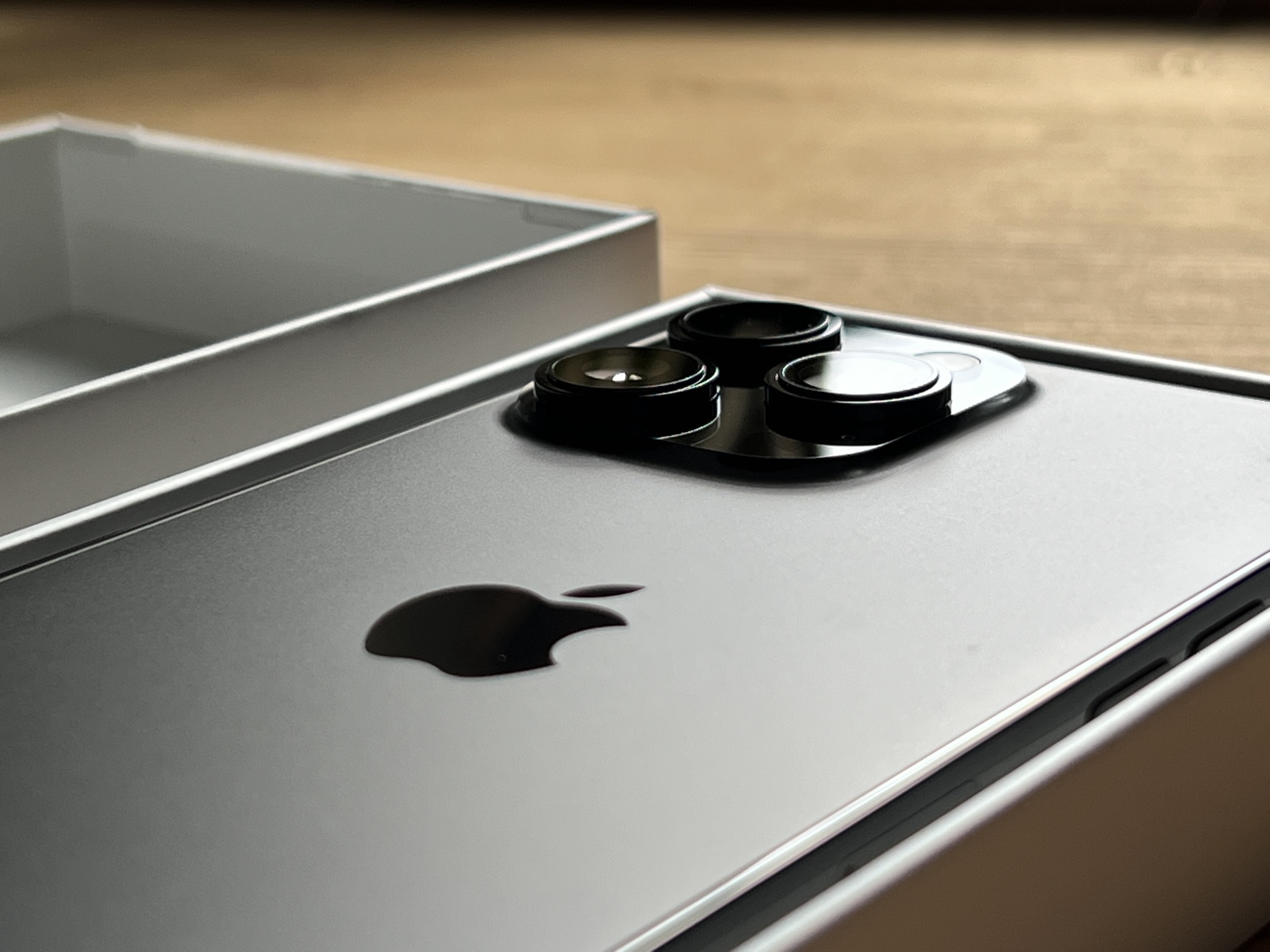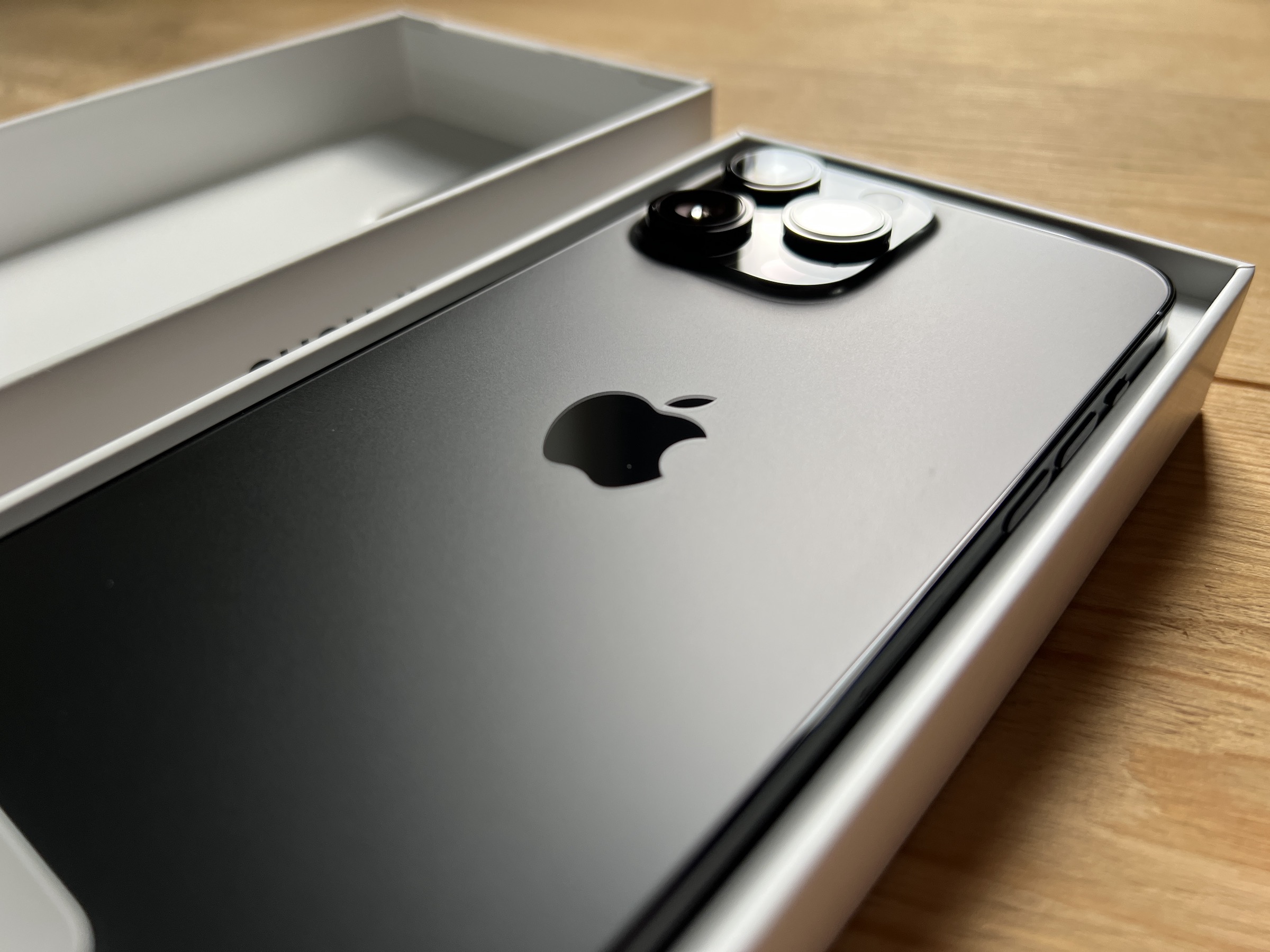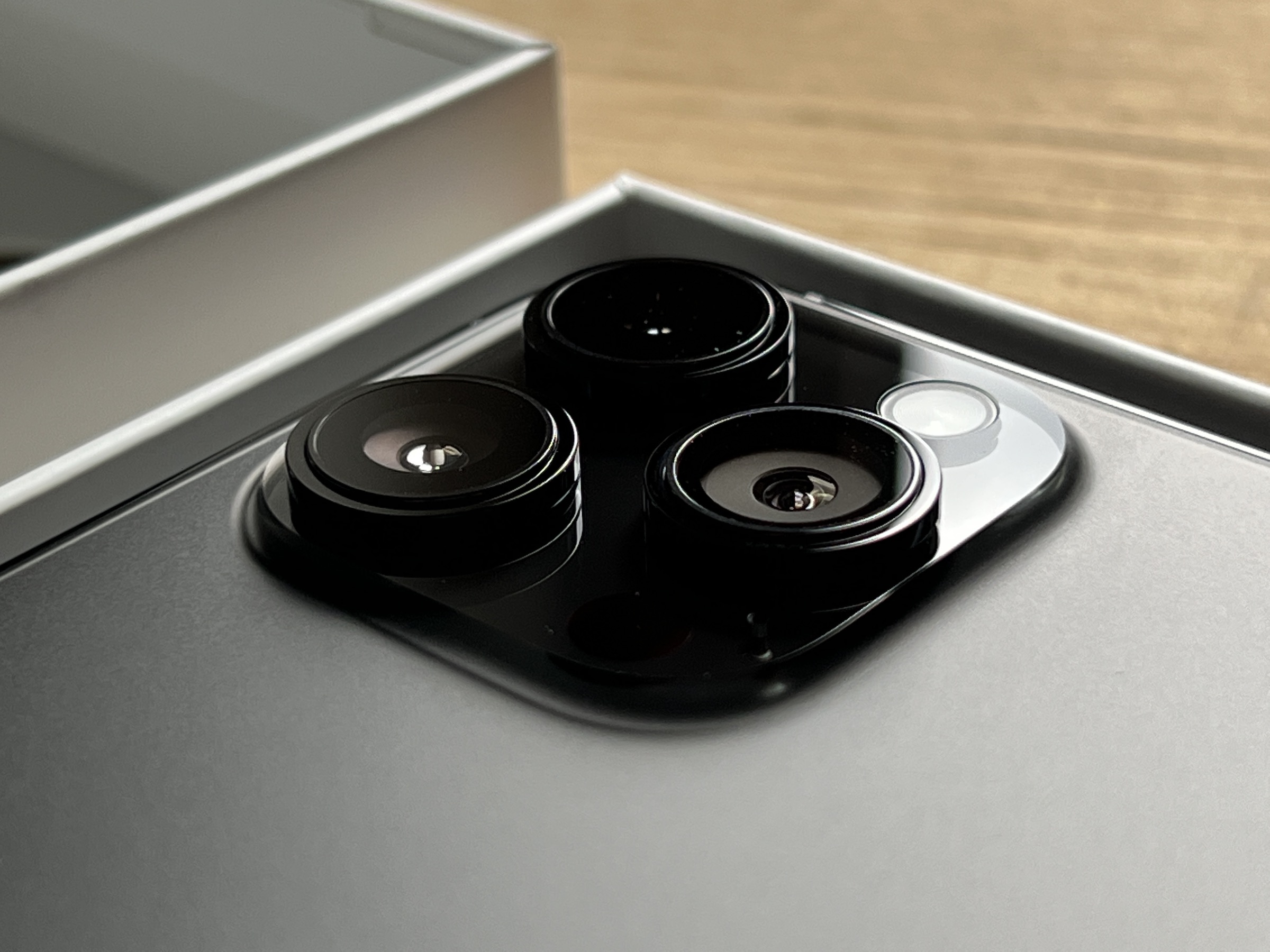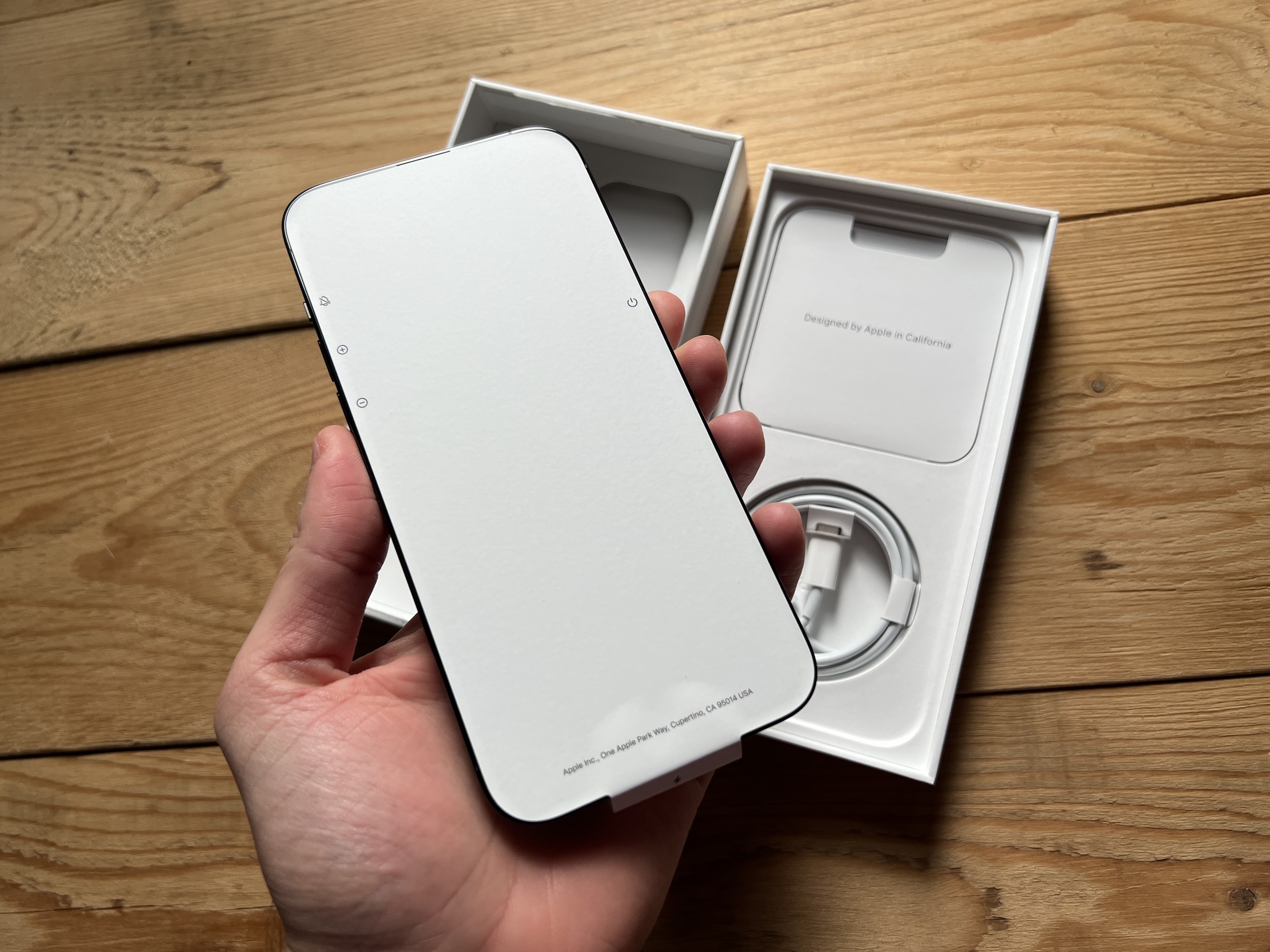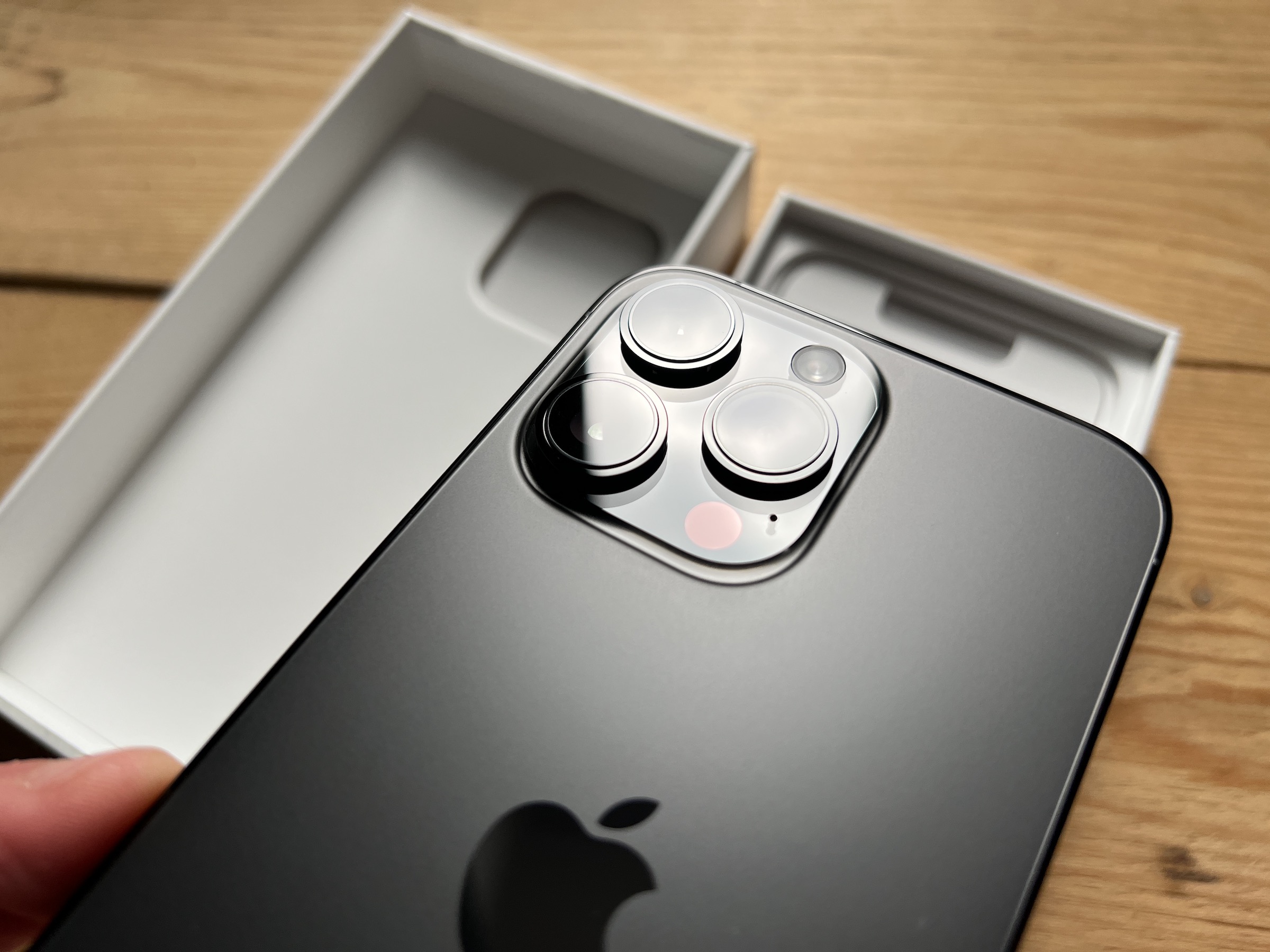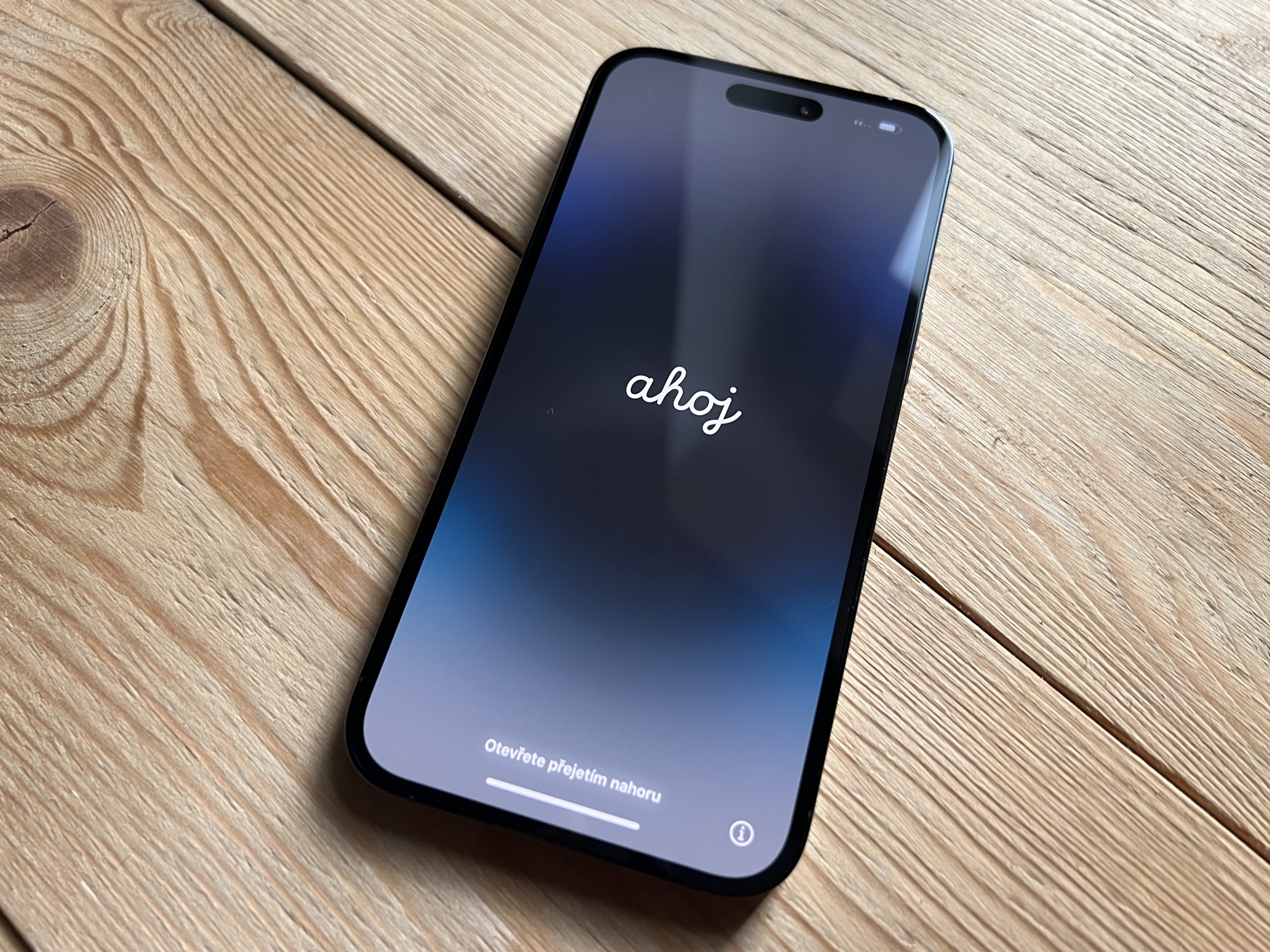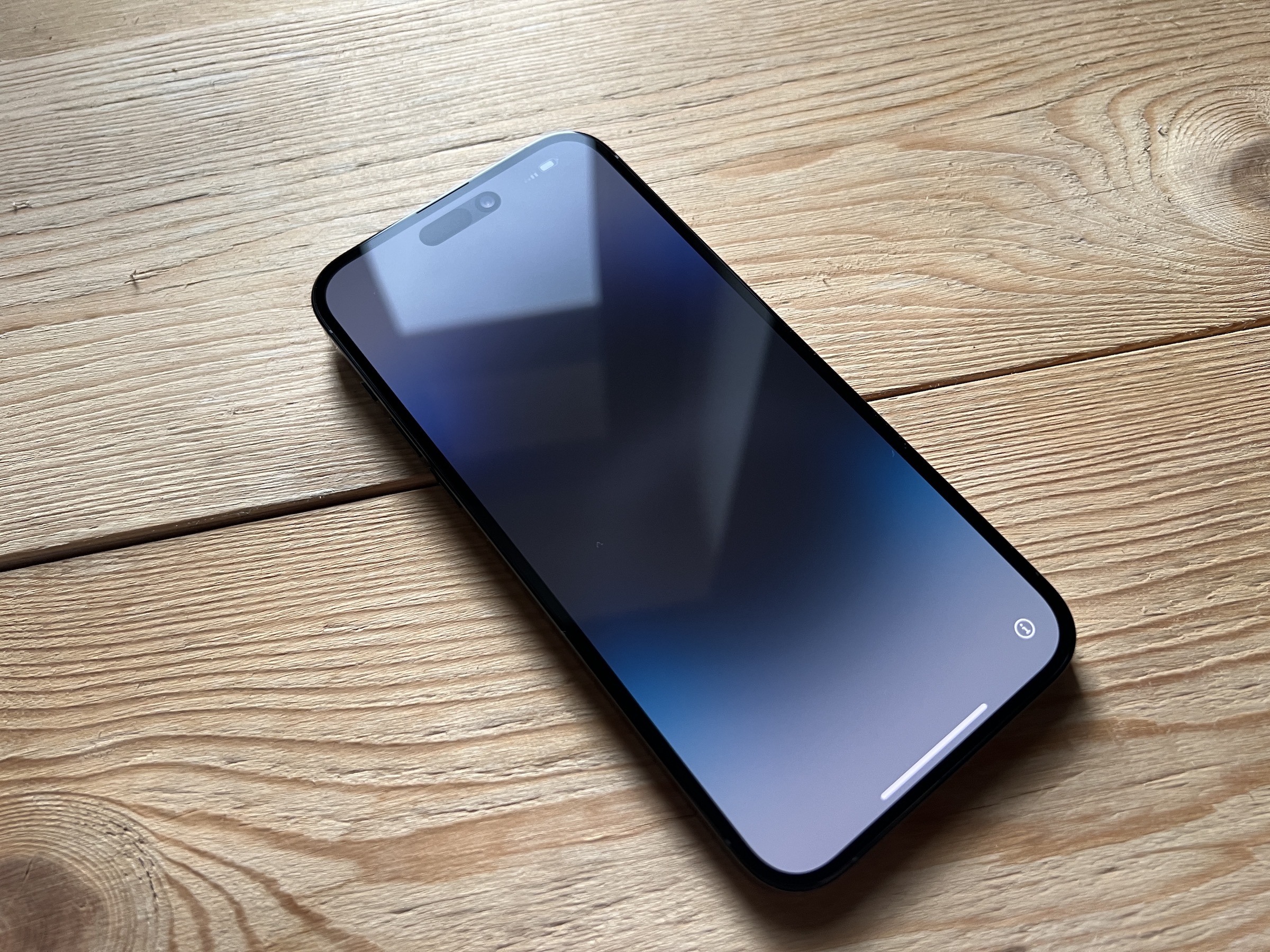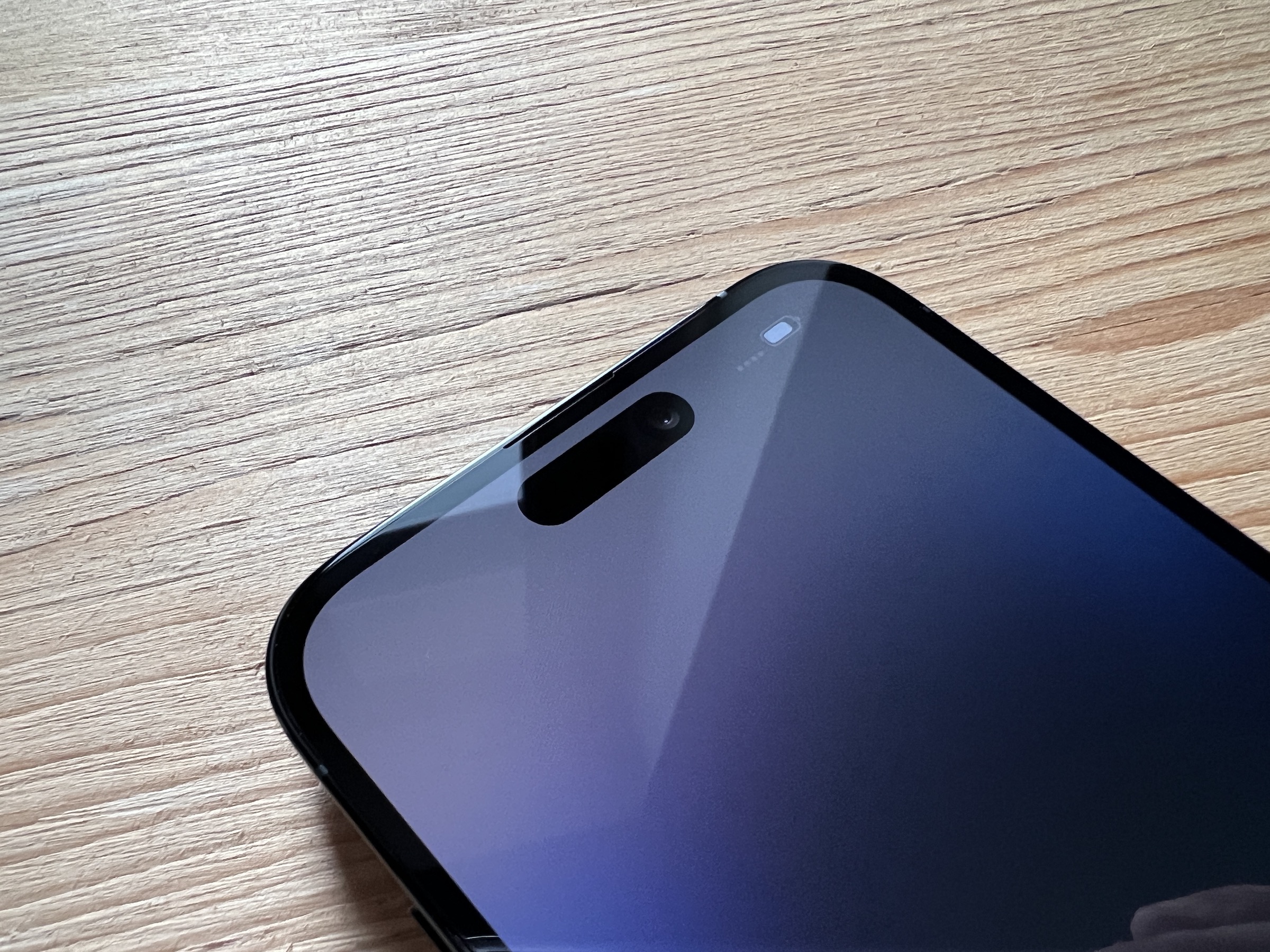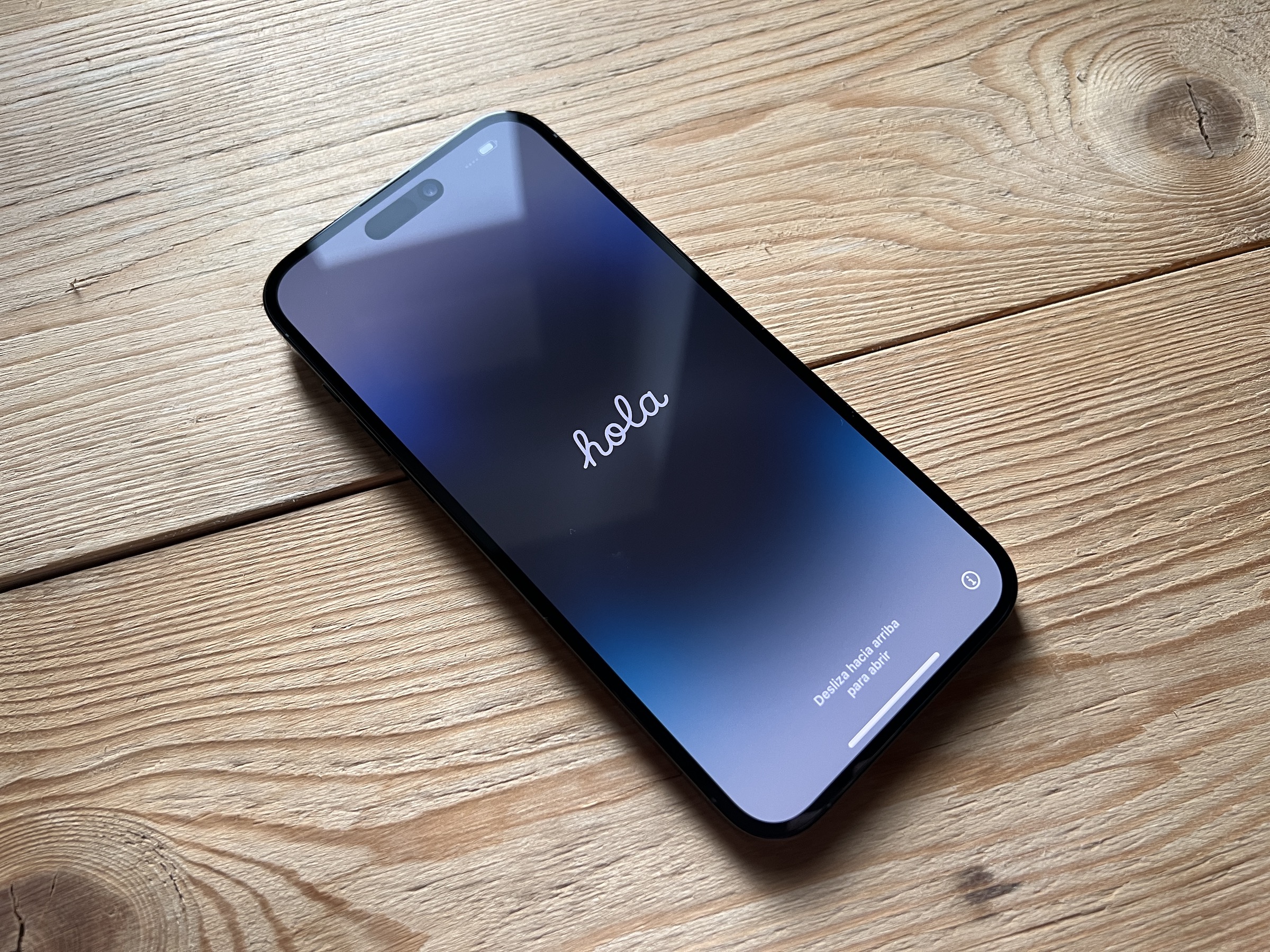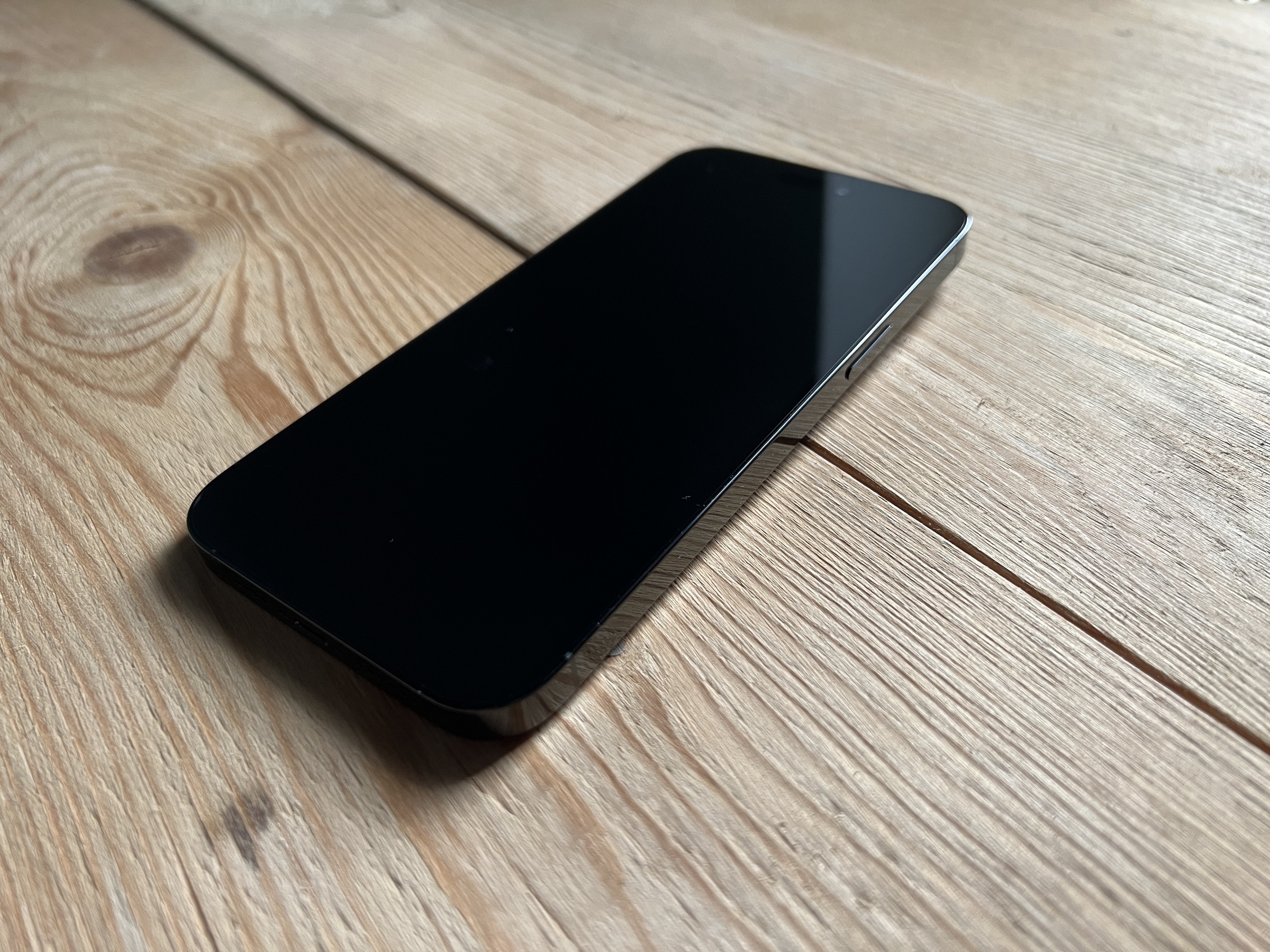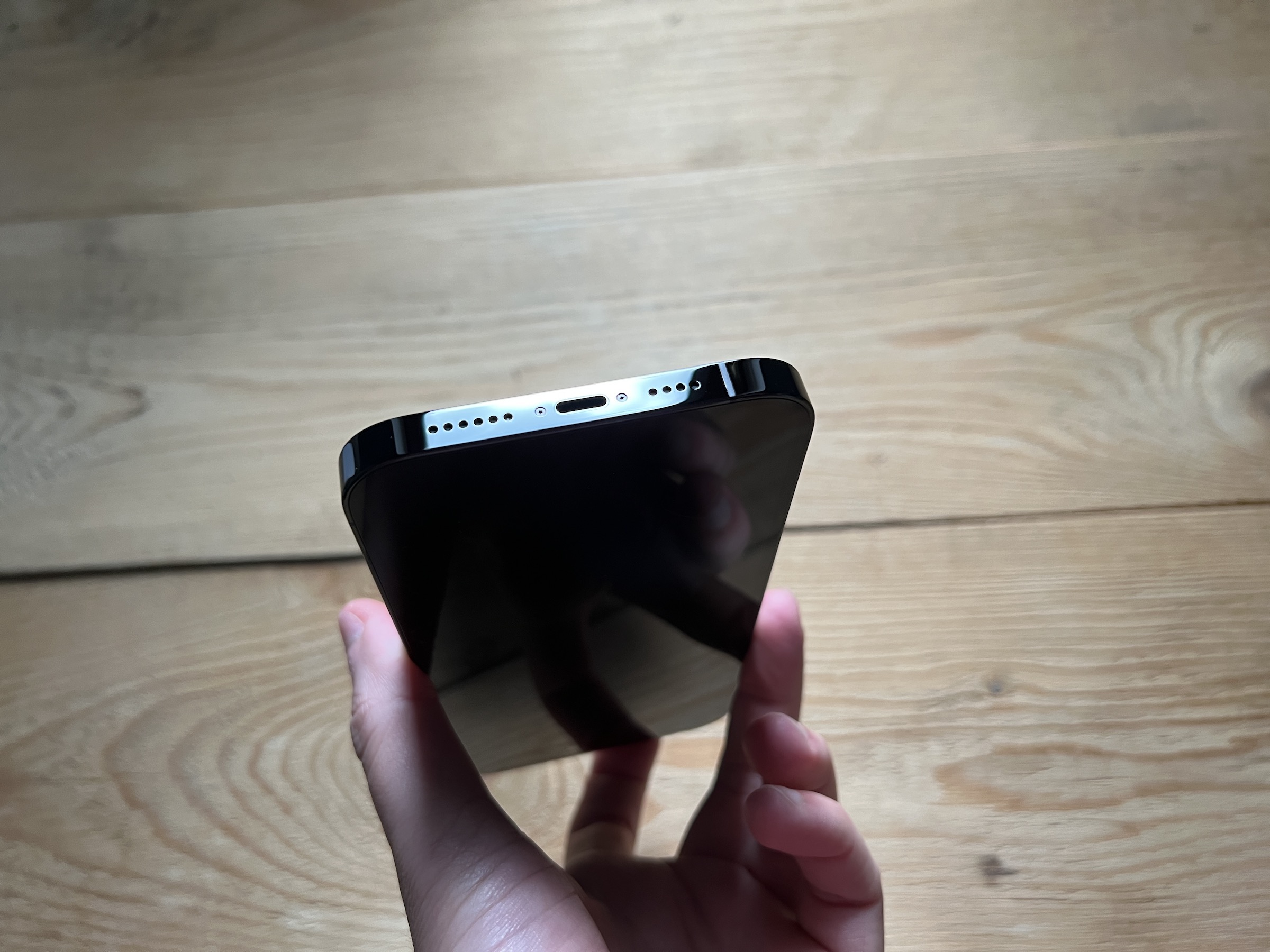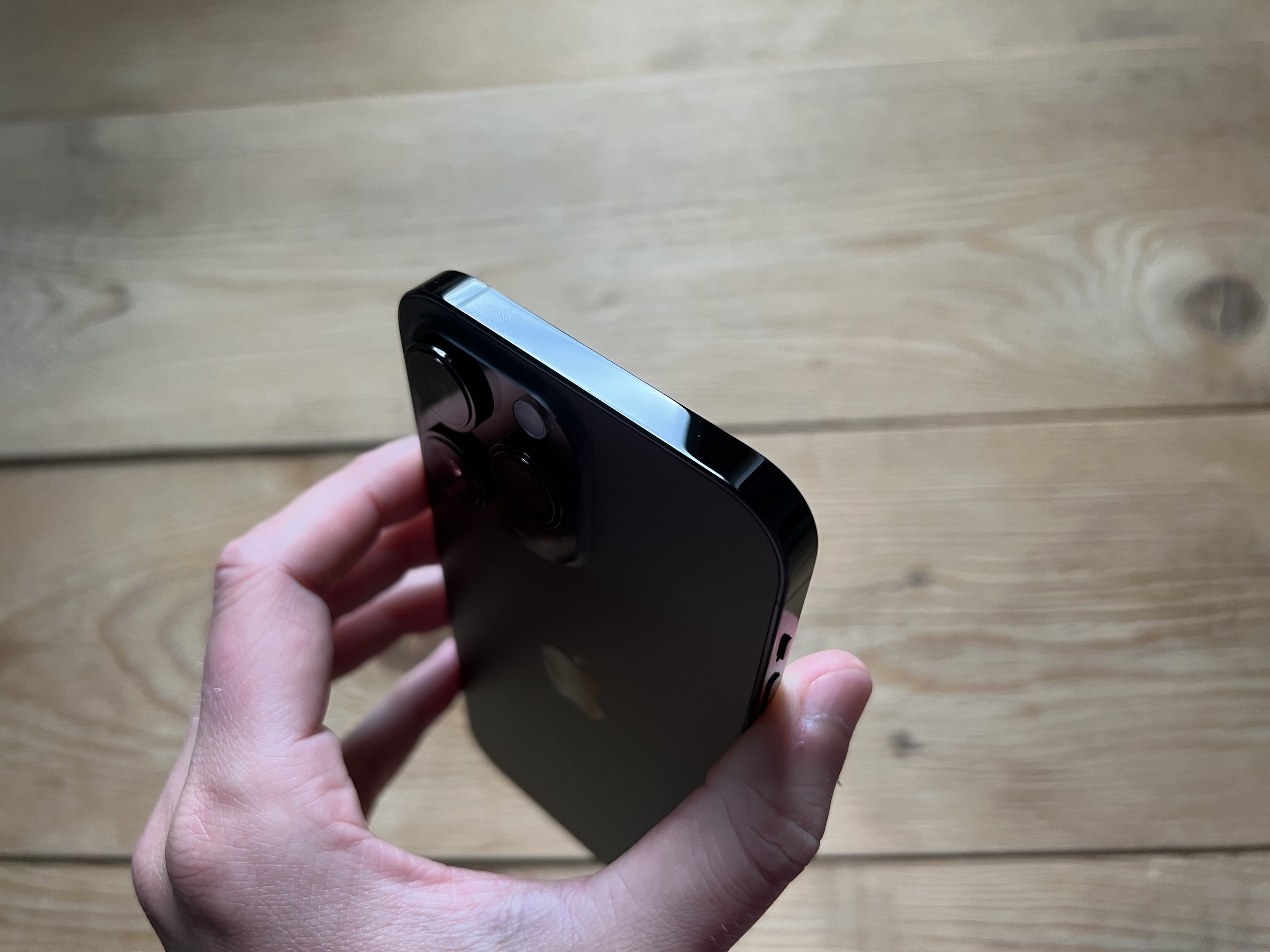Modern smartphones are packed with truly impressive technologies. They have great displays, construction and cameras, there is even the possibility of communication via satellites. But all this is of no use to you when your device runs out of power. Xiaomi wants to change that. But it's true that not everything is just about the battery itself.
This week, the MWC trade fair was held in Barcelona, Spain, which was focused on consumer electronics. Big companies here showed many of their innovations and technologies that have the potential to "change" the world. Xiaomi, the world's top three in smartphone sales, presented here its form of battery, which has the potential to dramatically extend the life of the device.
Its Solid State batteries have an extreme density of more than 1 Wh/L, have a fifth higher resistance to discharge at low temperatures and a high resistance to damage. This of course makes them safer. In the guts of the battery, there is a solid electrolyte with such a high energy density that even in a physically small battery, the company can fit a larger amount of energy.
The Xiaomi 13 smartphone is equipped with a 4mAh battery. However, using the above-mentioned technology, the battery capacity increases to 500 mAh without changing the physical dimensions. It's a fairly big jump that can extend the life of the device by the necessary hours. For example, Samsung already uses 6mAh batteries in its Galaxy A000 33G and A5 53G phones, which have the potential to keep the device alive for two days. If he had used Xiaomi technology, these phones might have gotten another day to live.
It could be interest you

Apple does it in its own way
Apple does not standardly fit its iPhones with who knows how huge batteries. Considering the competition, they are also relatively small, that is, as far as their capacity is concerned. For example, the iPhone 14 Plus and 14 Pro Max will offer a capacity of "only" 4 mAh. Even so, it is among the smartphones with the longest endurance. How is it possible? Apple does this by optimizing the chip, which tries to be maximally powerful, but at the same time places minimal demands on energy.
Its advantage is that it designs the chip itself and tunes it with respect to other hardware and the system. Virtually only Google can afford this luxury with its Pixels and Tensor chips. Although Xiaomi has its phones, they most often use Qualcomm chips and the Google system. It is practically impossible for suppliers to debug the chip for their device, and that is why they are trying to make up for this "loss" with new battery technologies. It's certainly a good way to go because manufacturers, like almost everyone else, don't have much of a choice. It is also true that battery technology has been rather stagnant lately, so any news is very welcome. We, too, would certainly like it if iPhones could do even more.

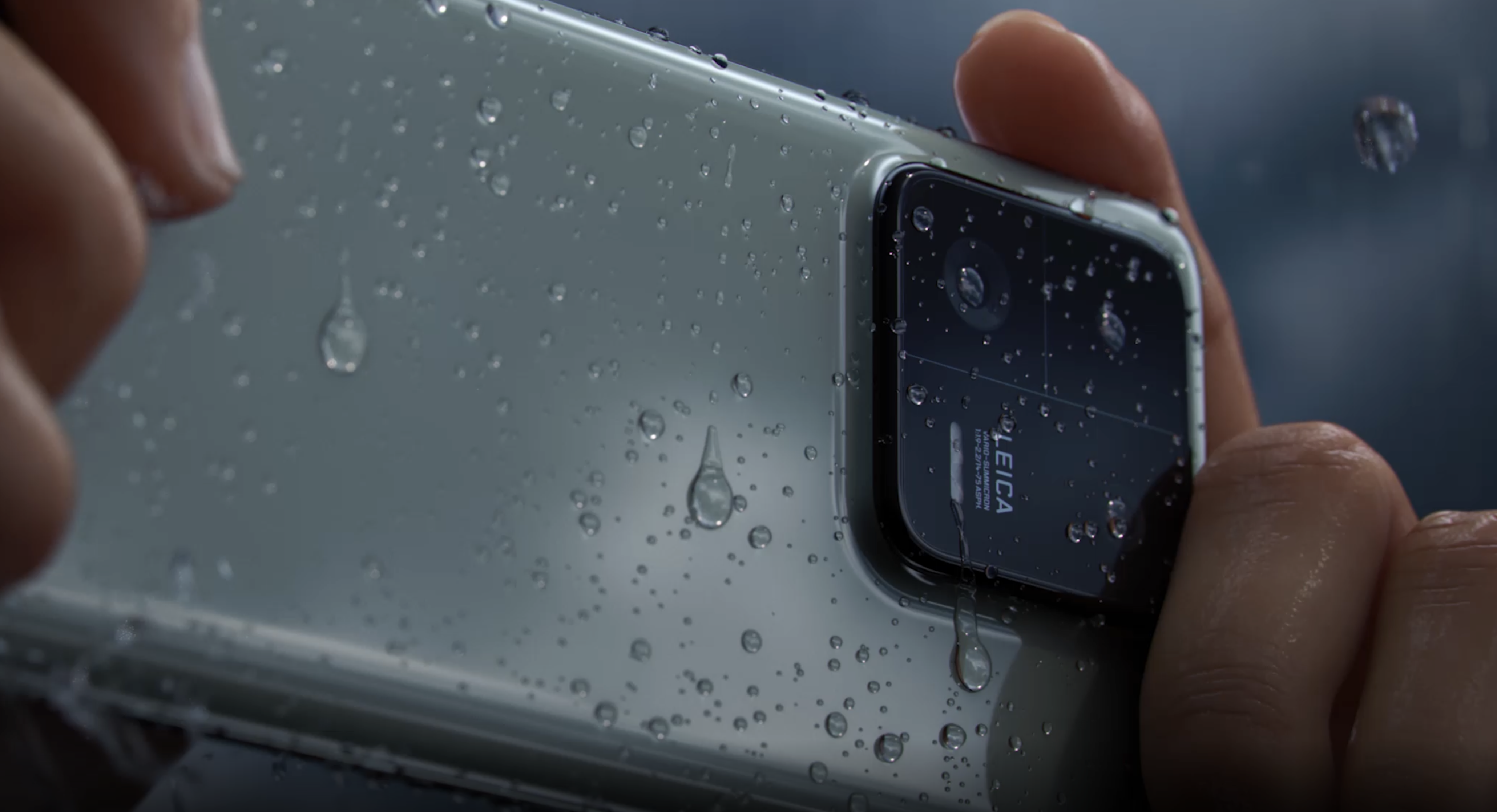
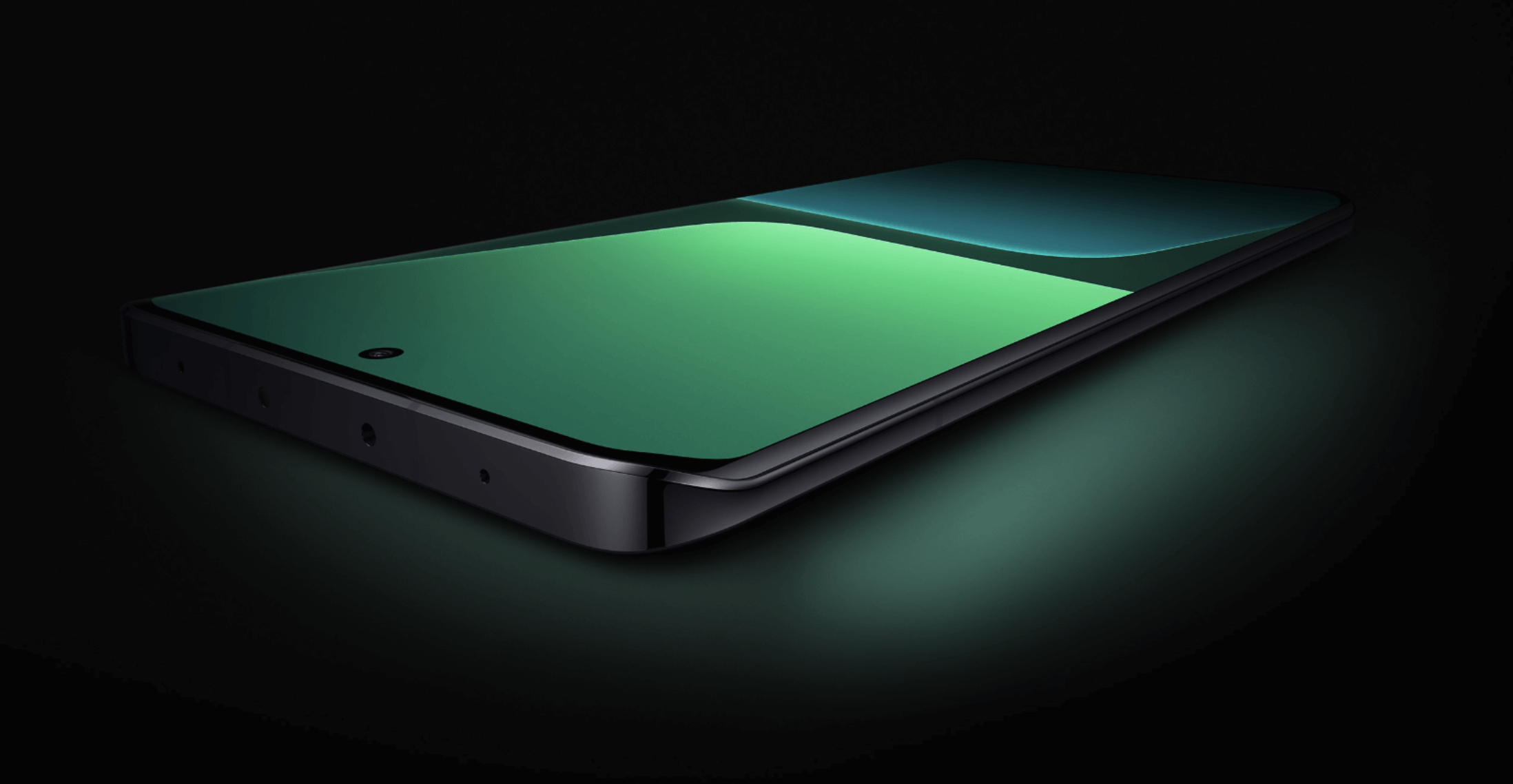

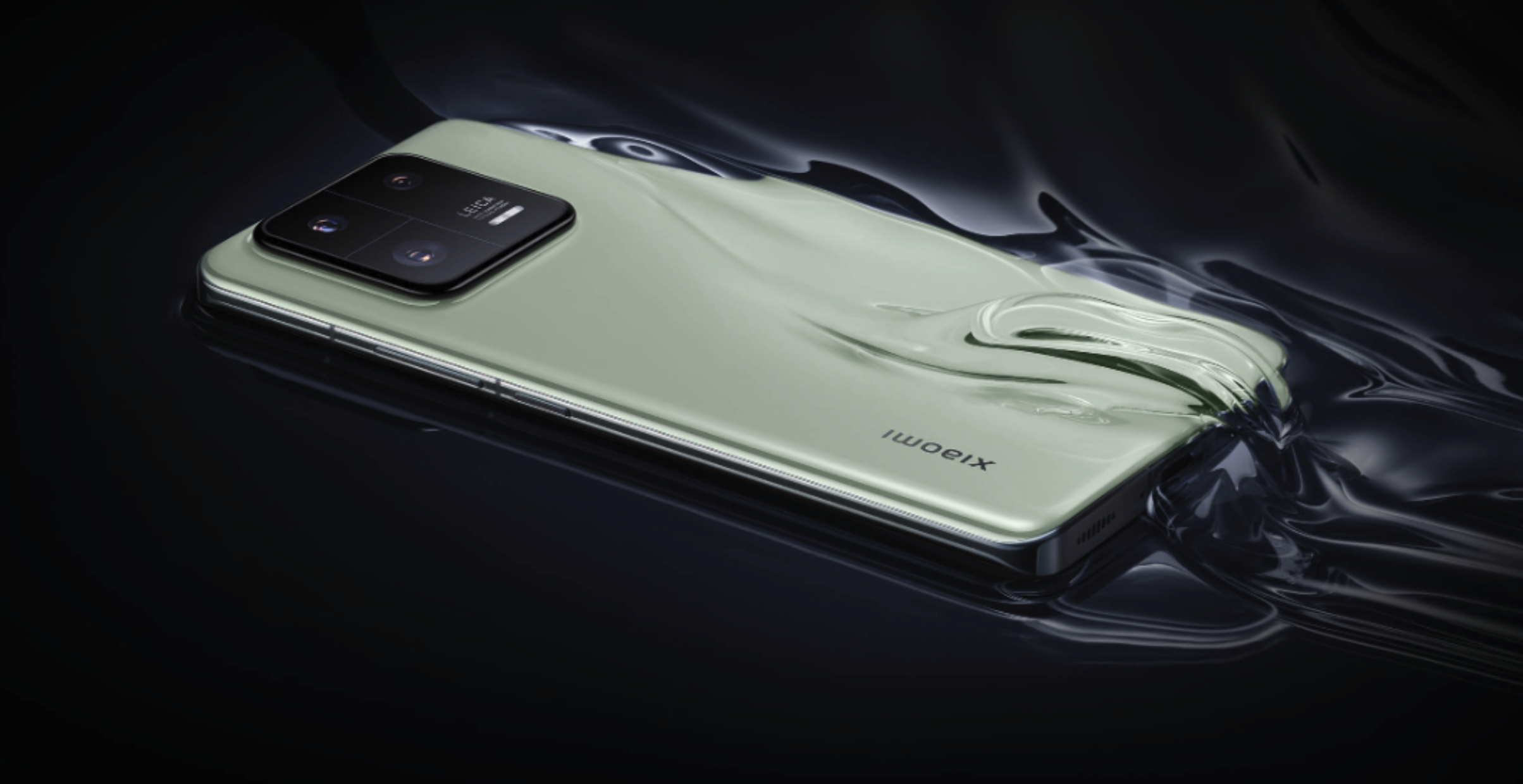
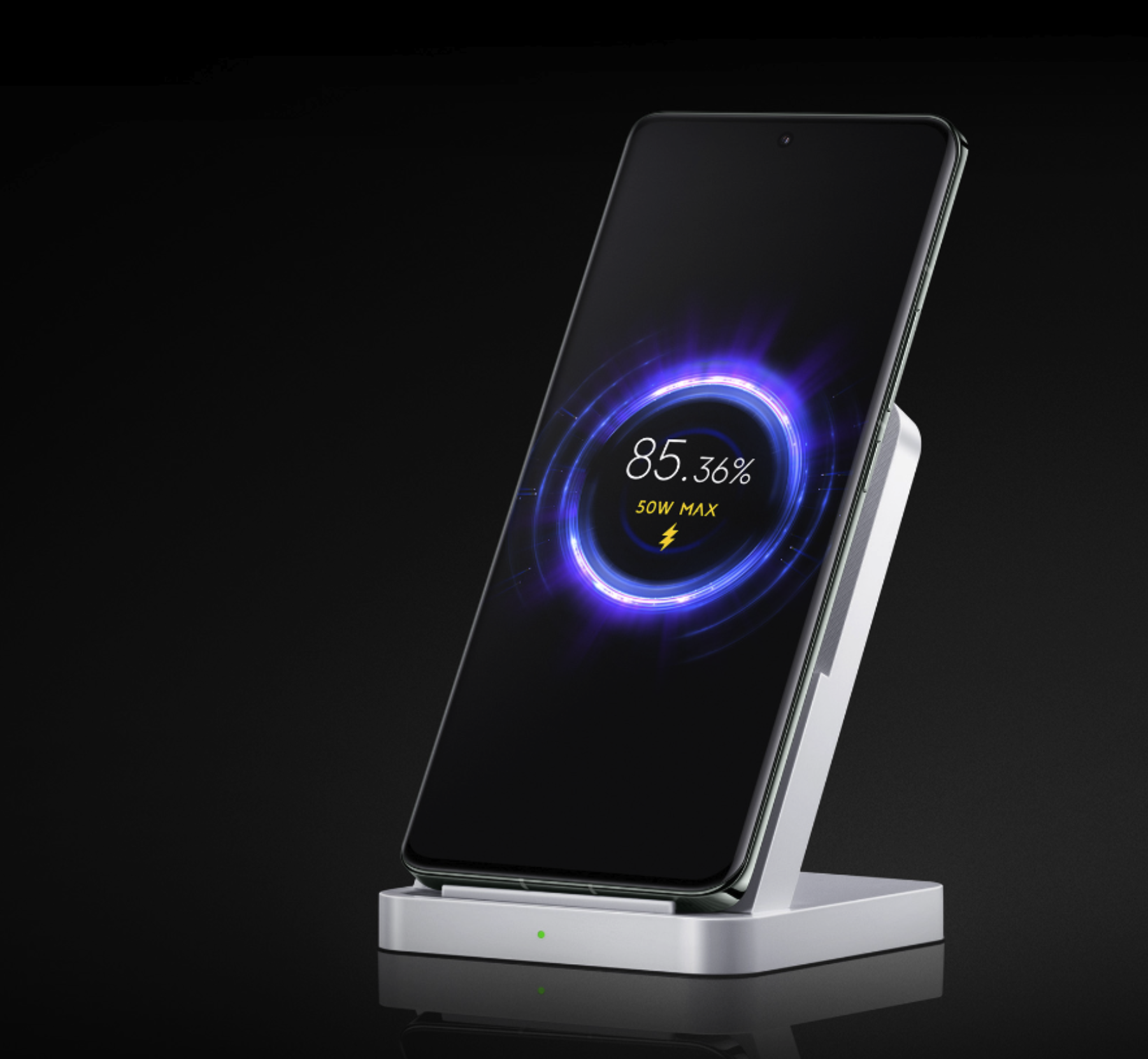
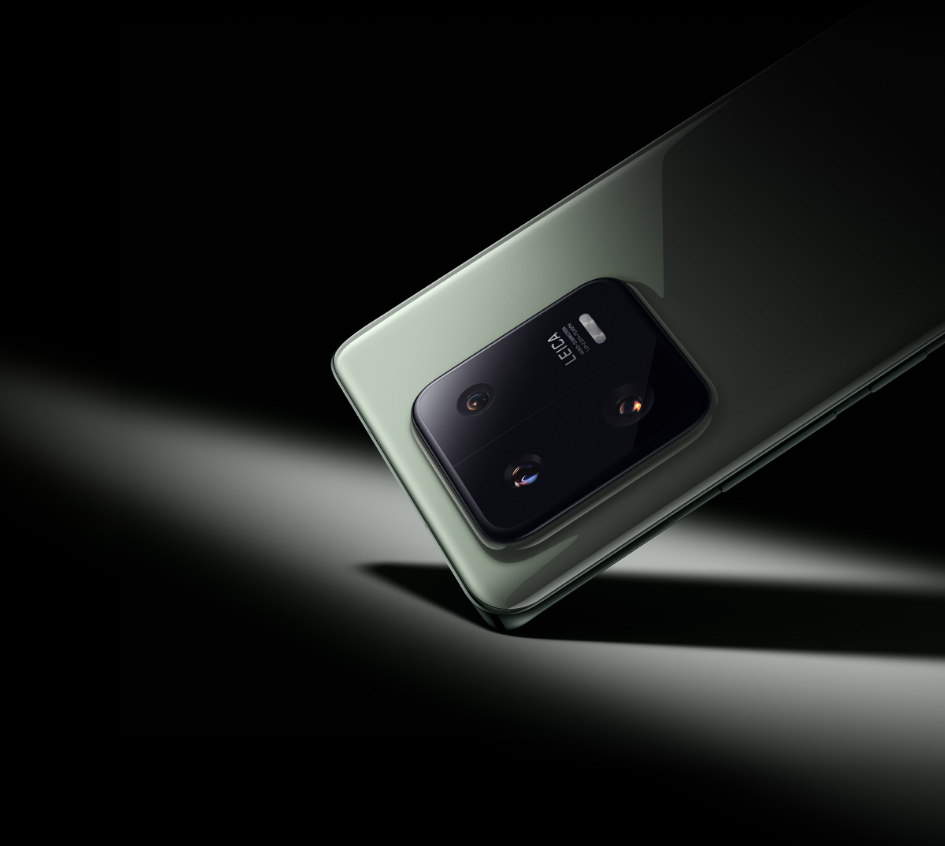
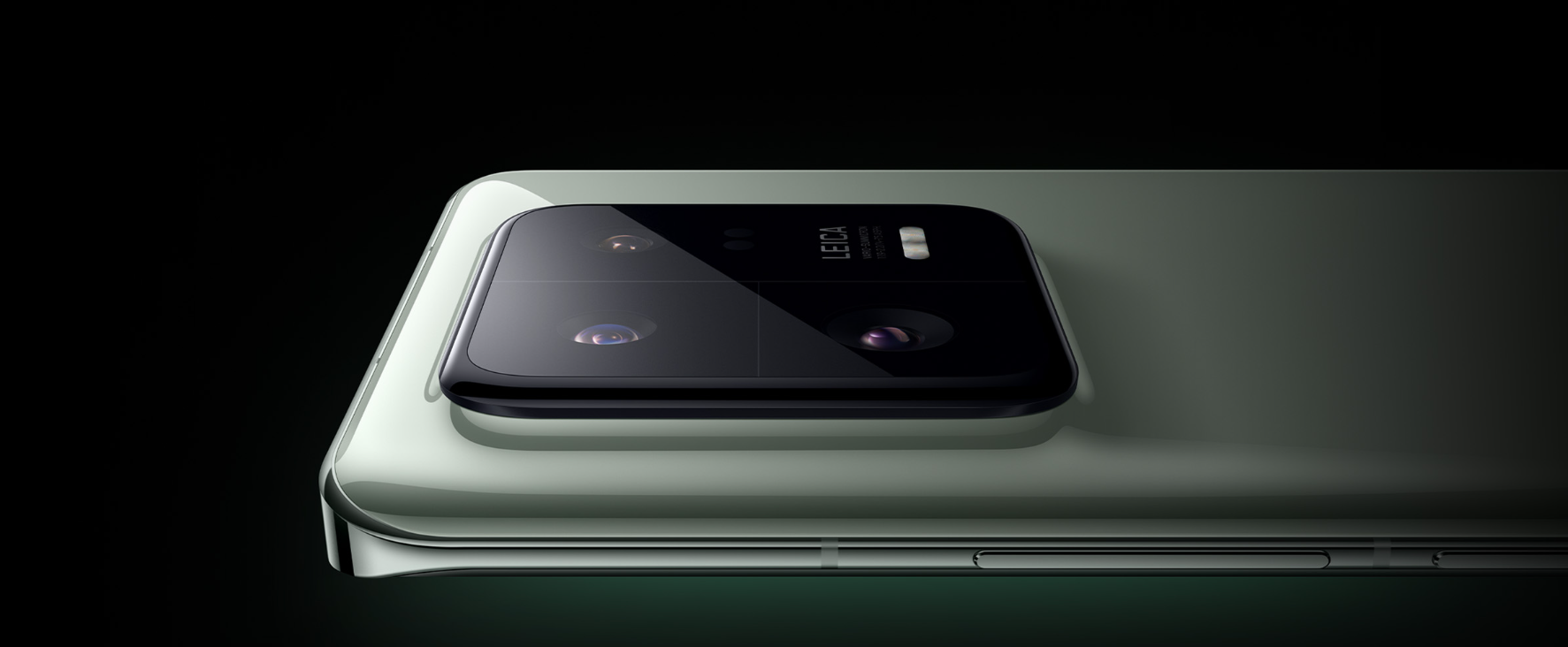
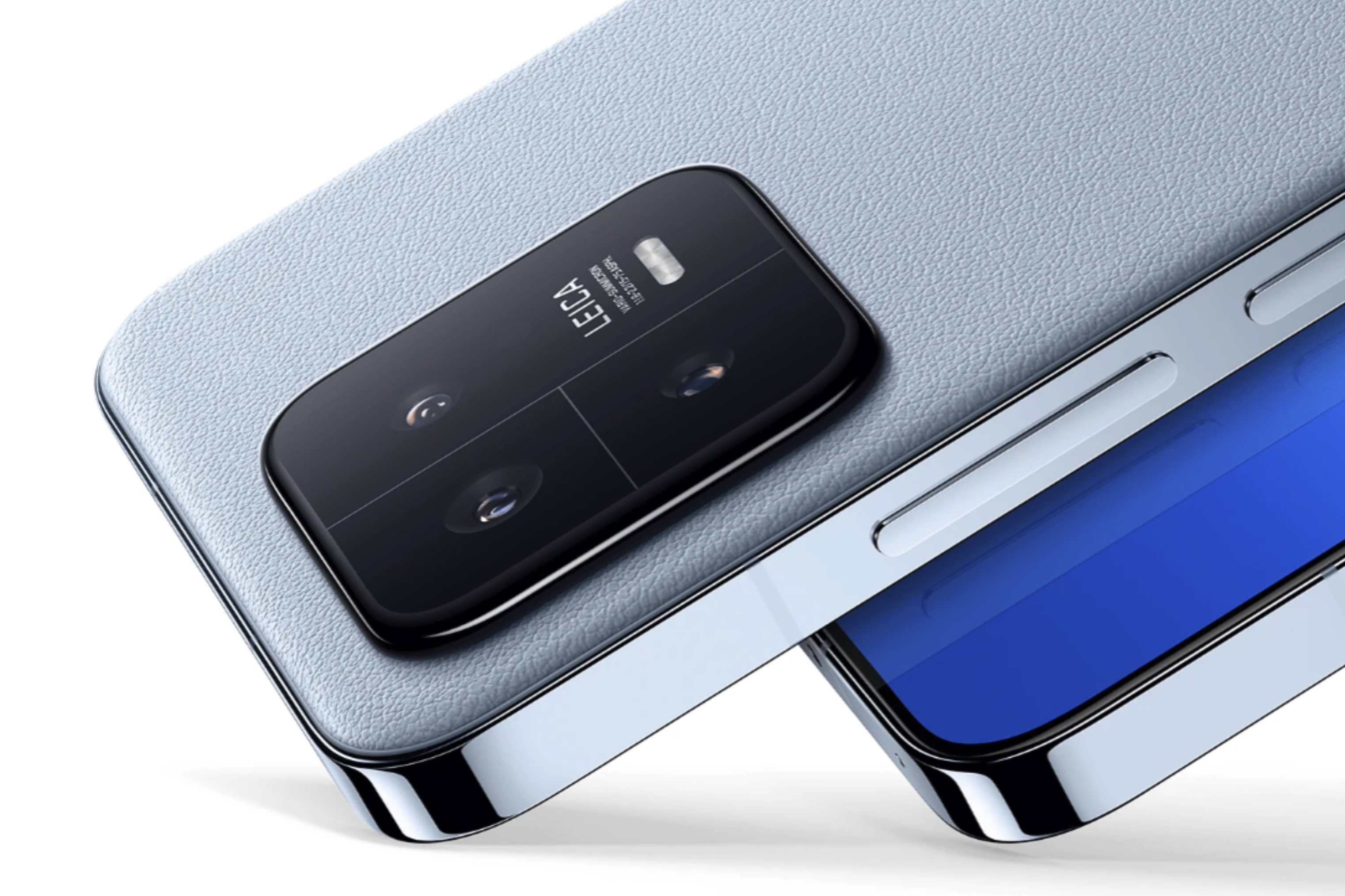
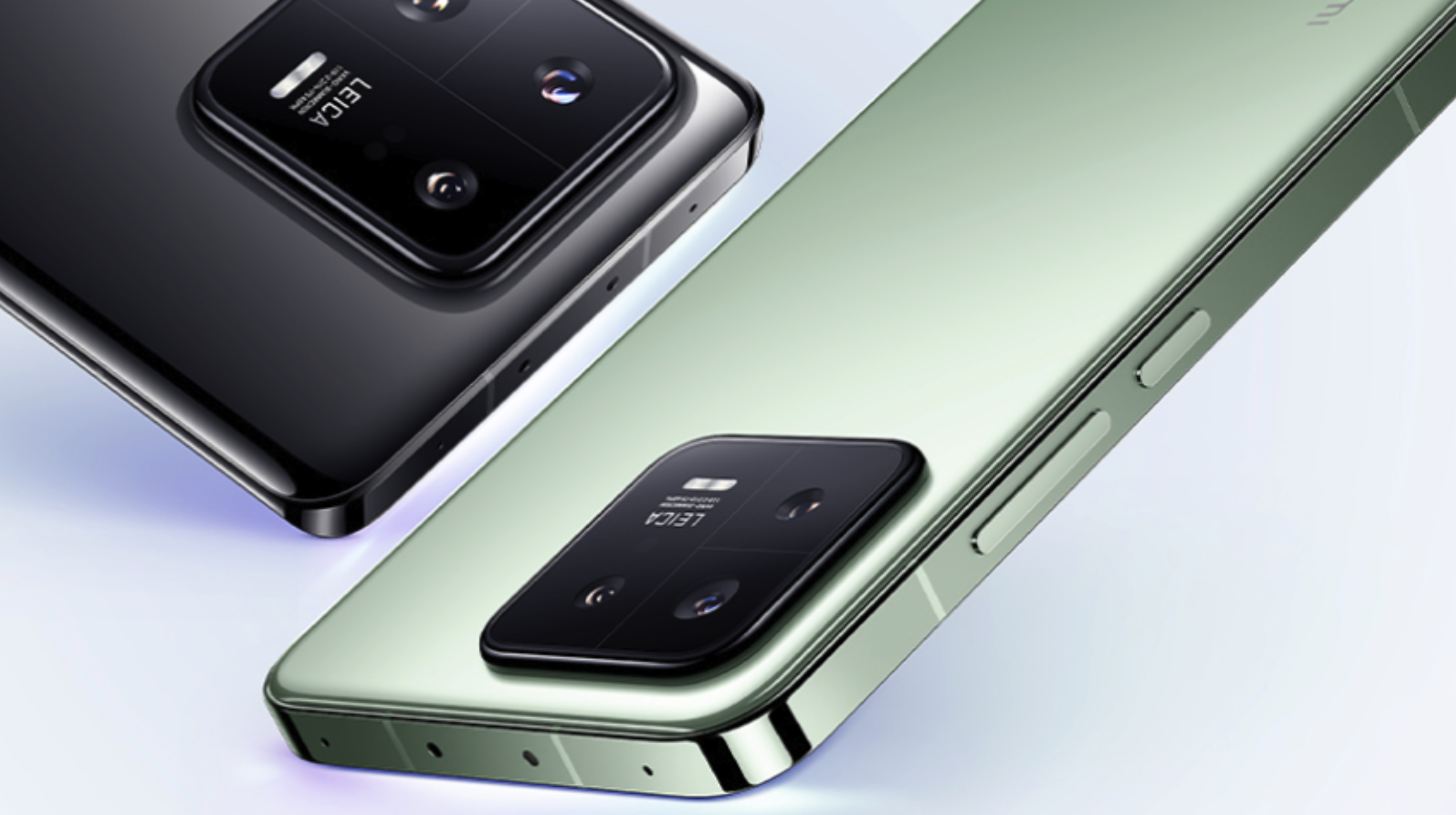
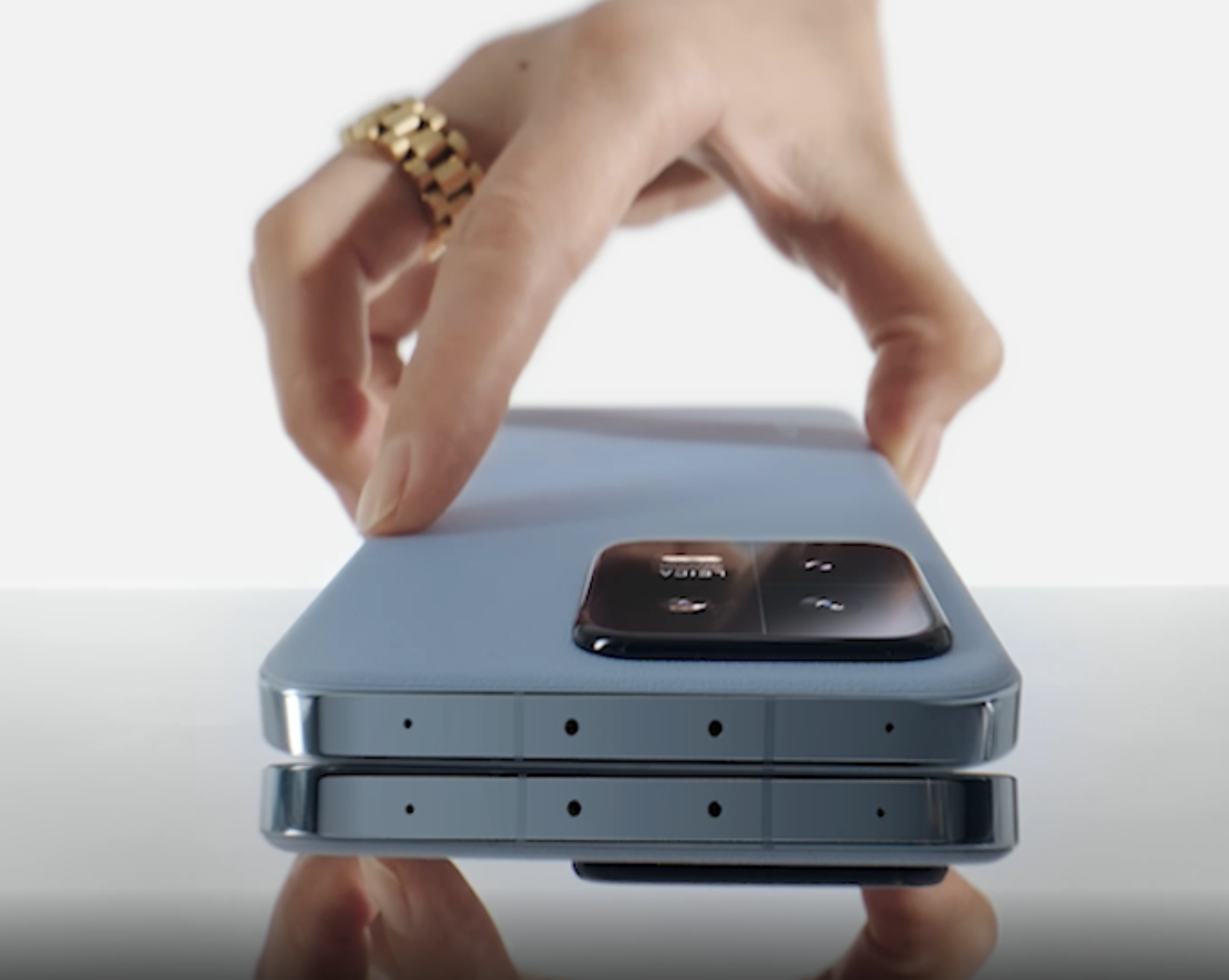
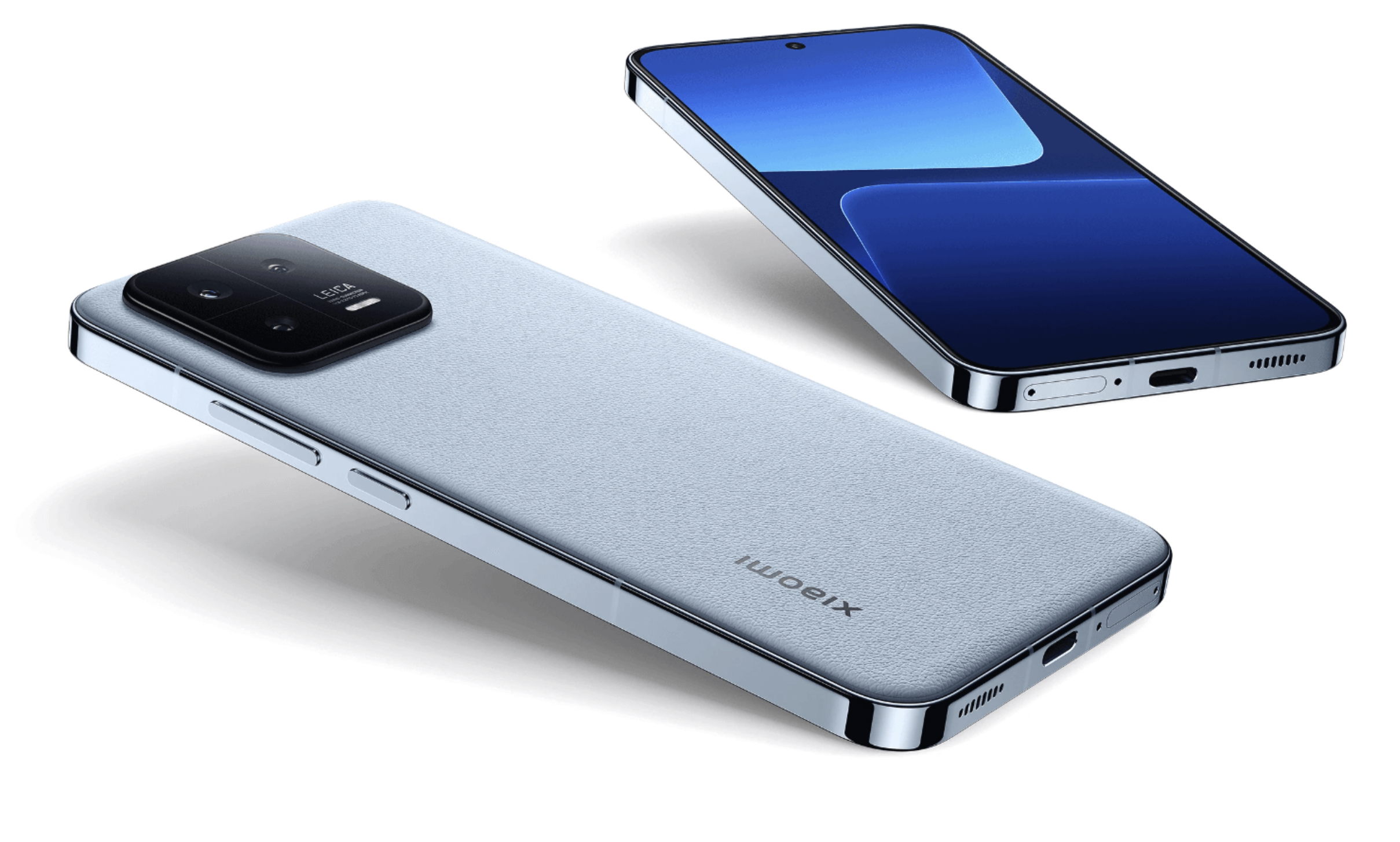
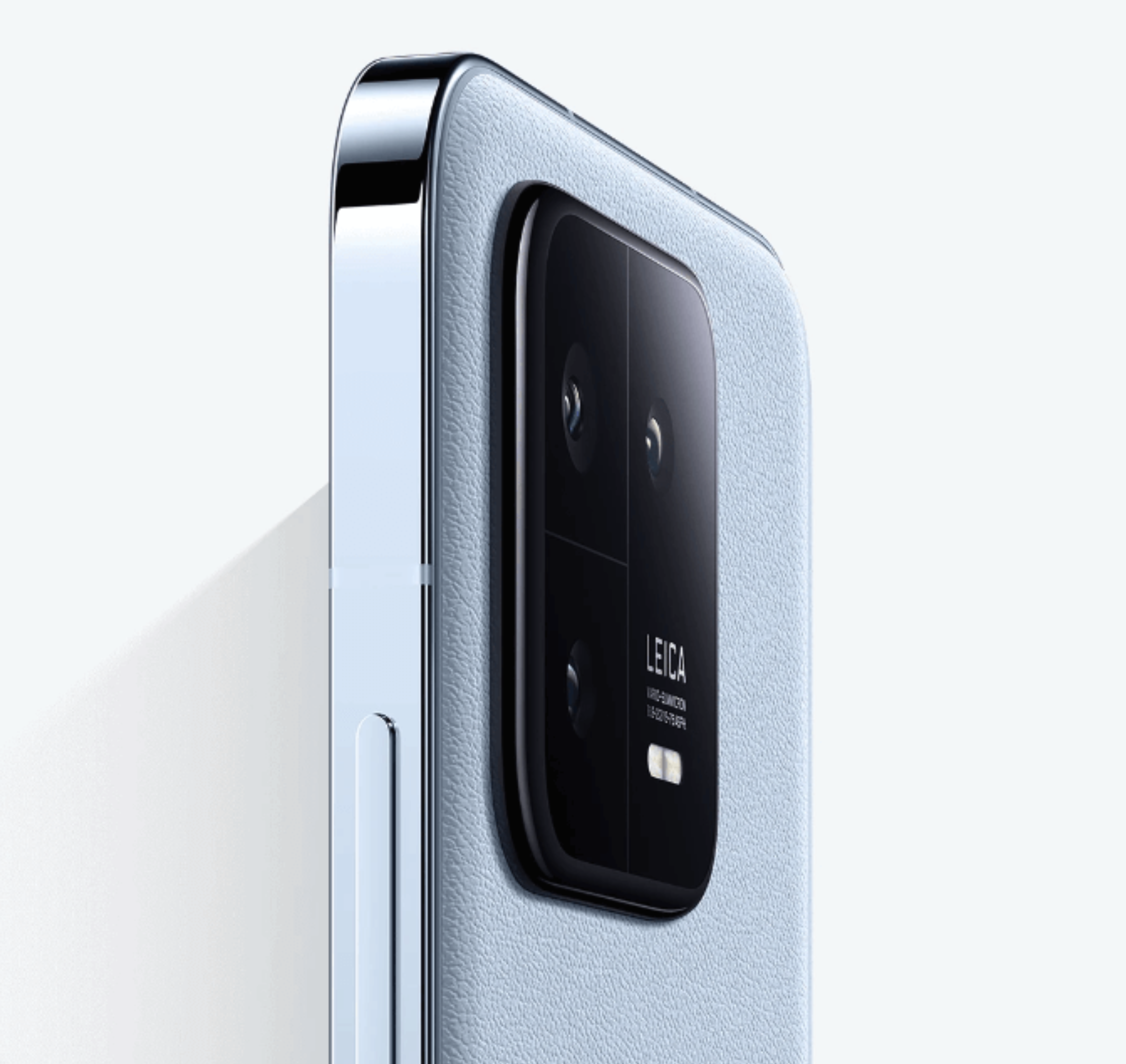
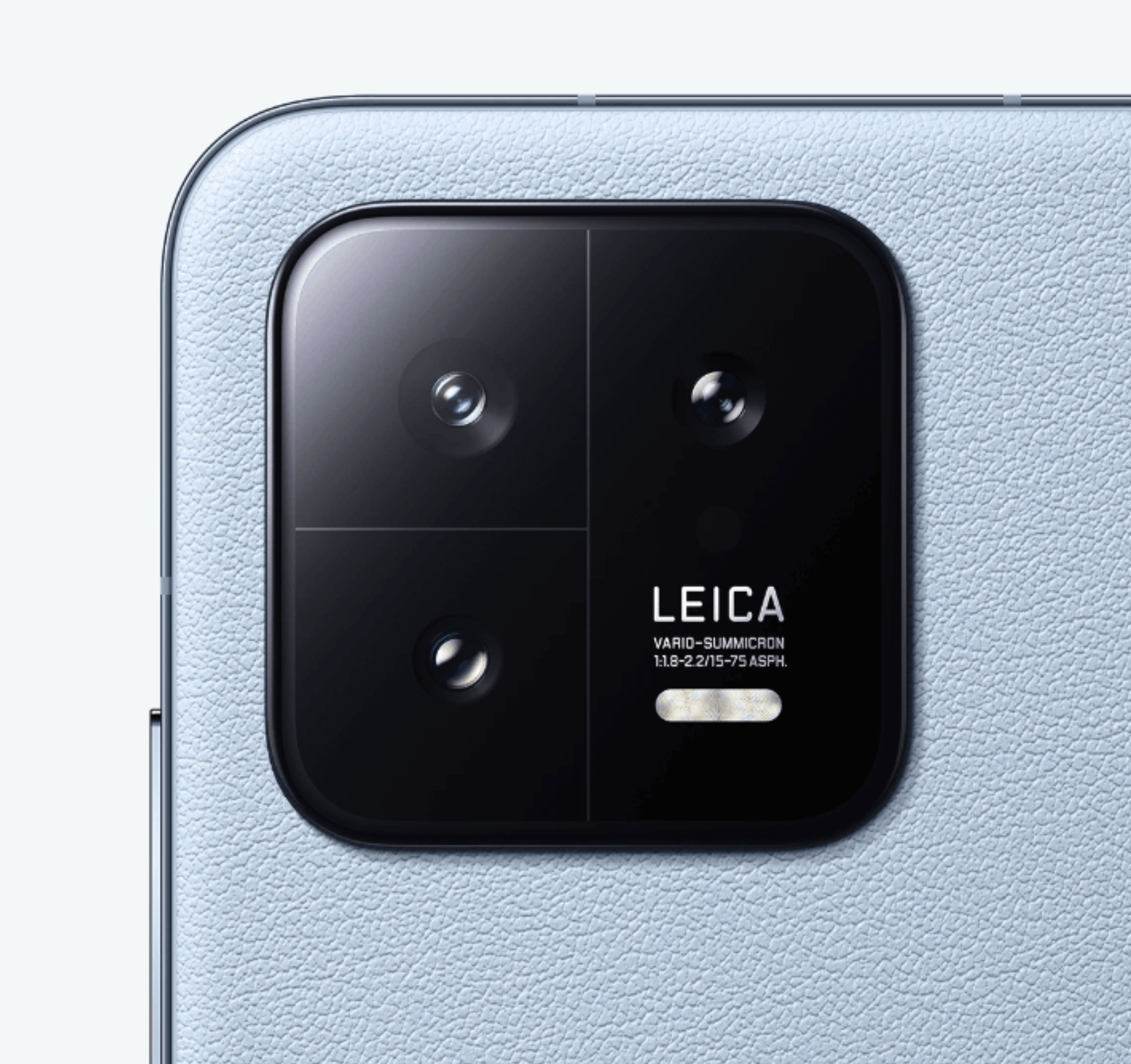
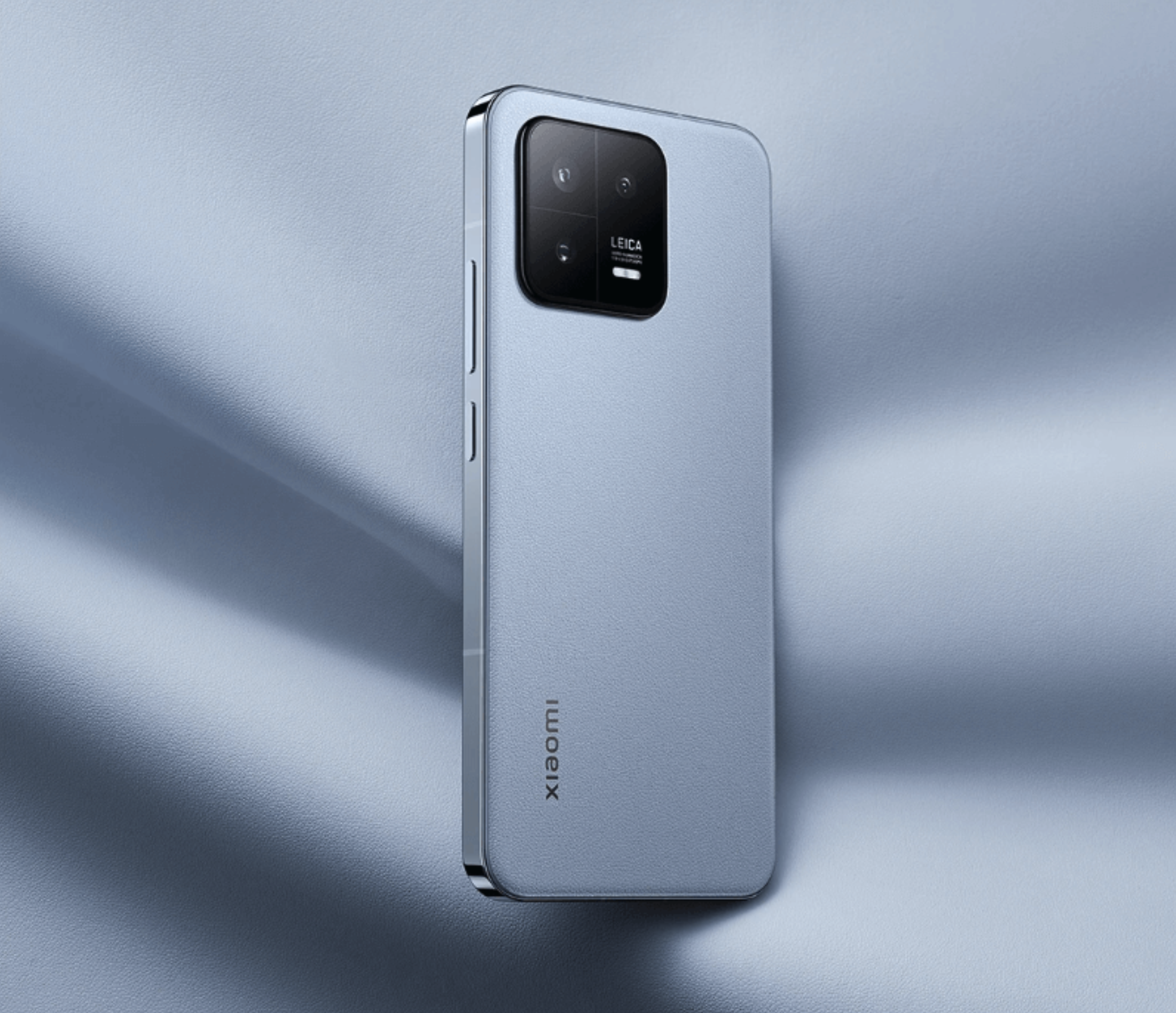
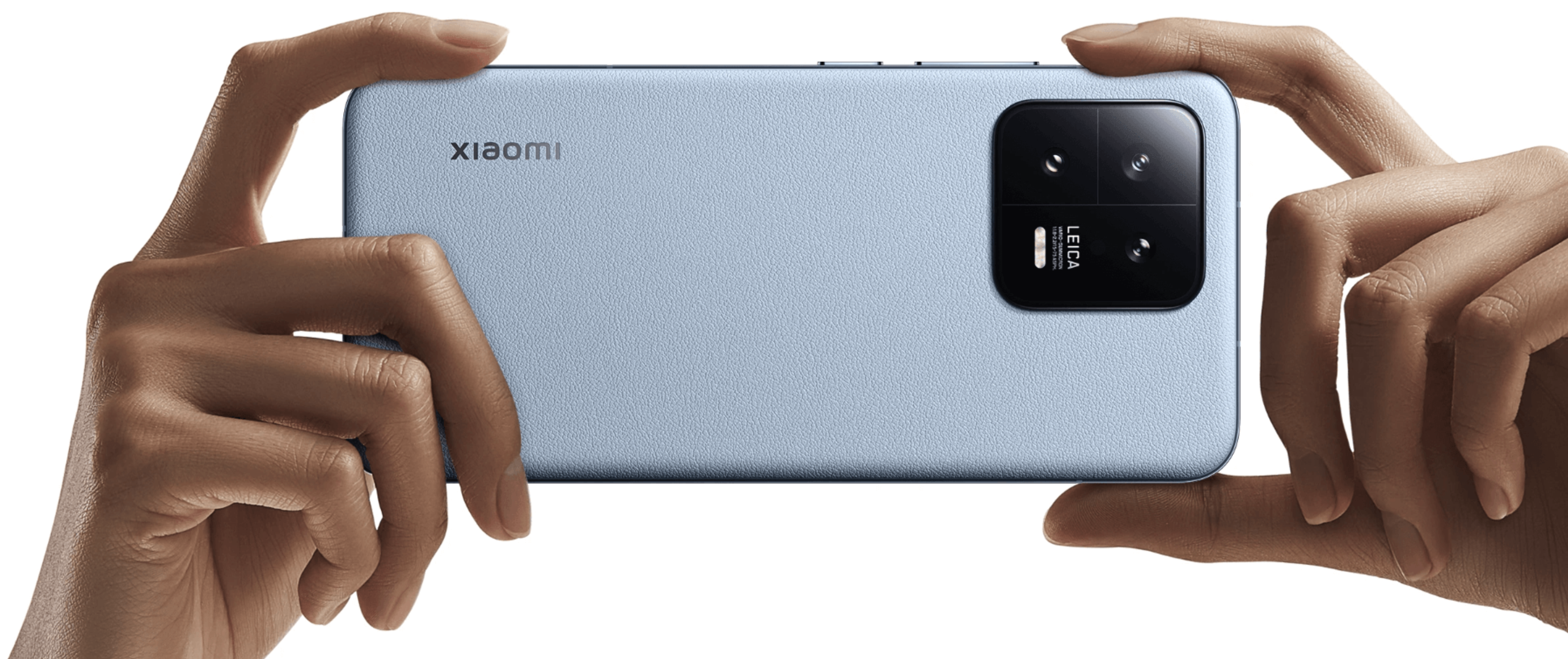
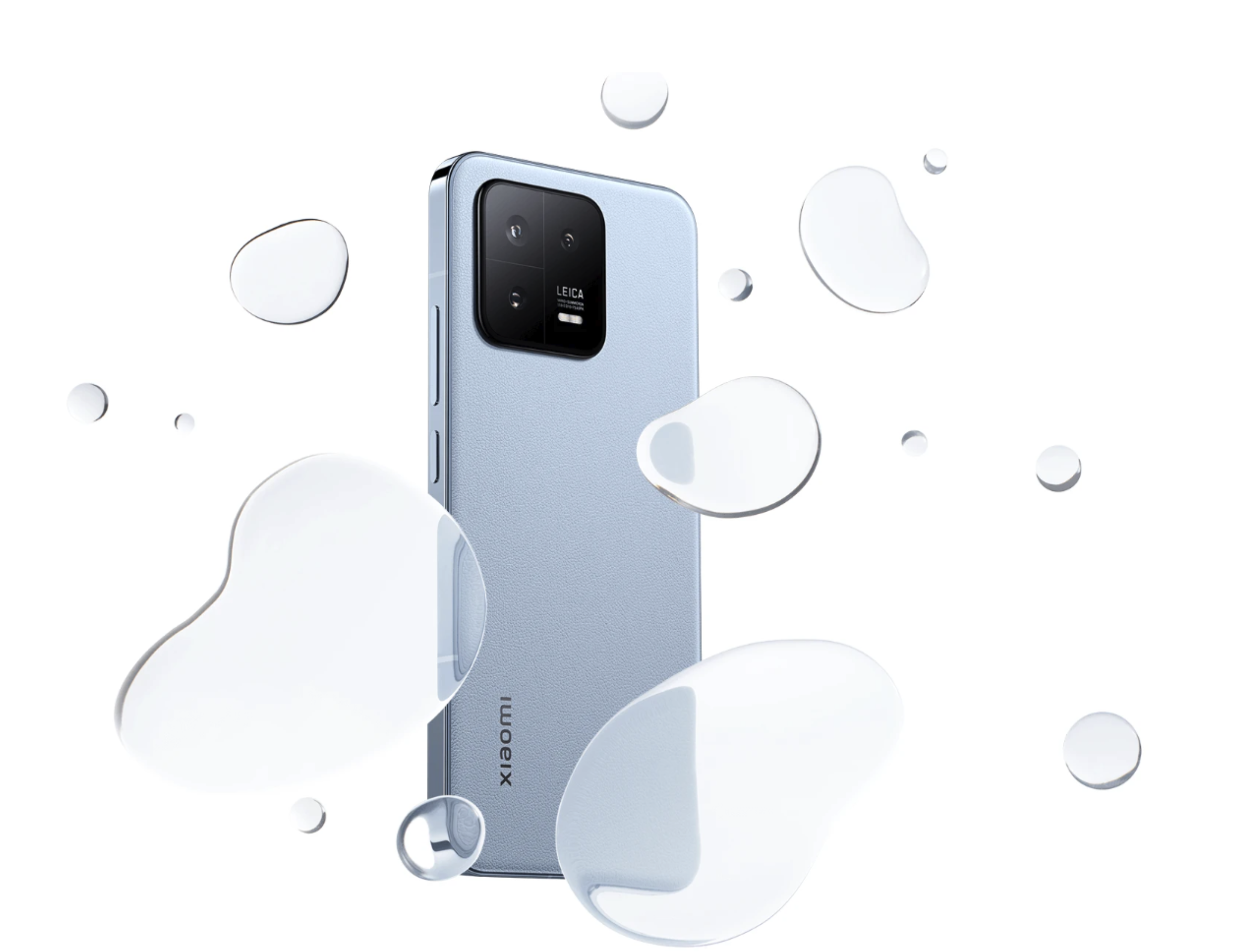
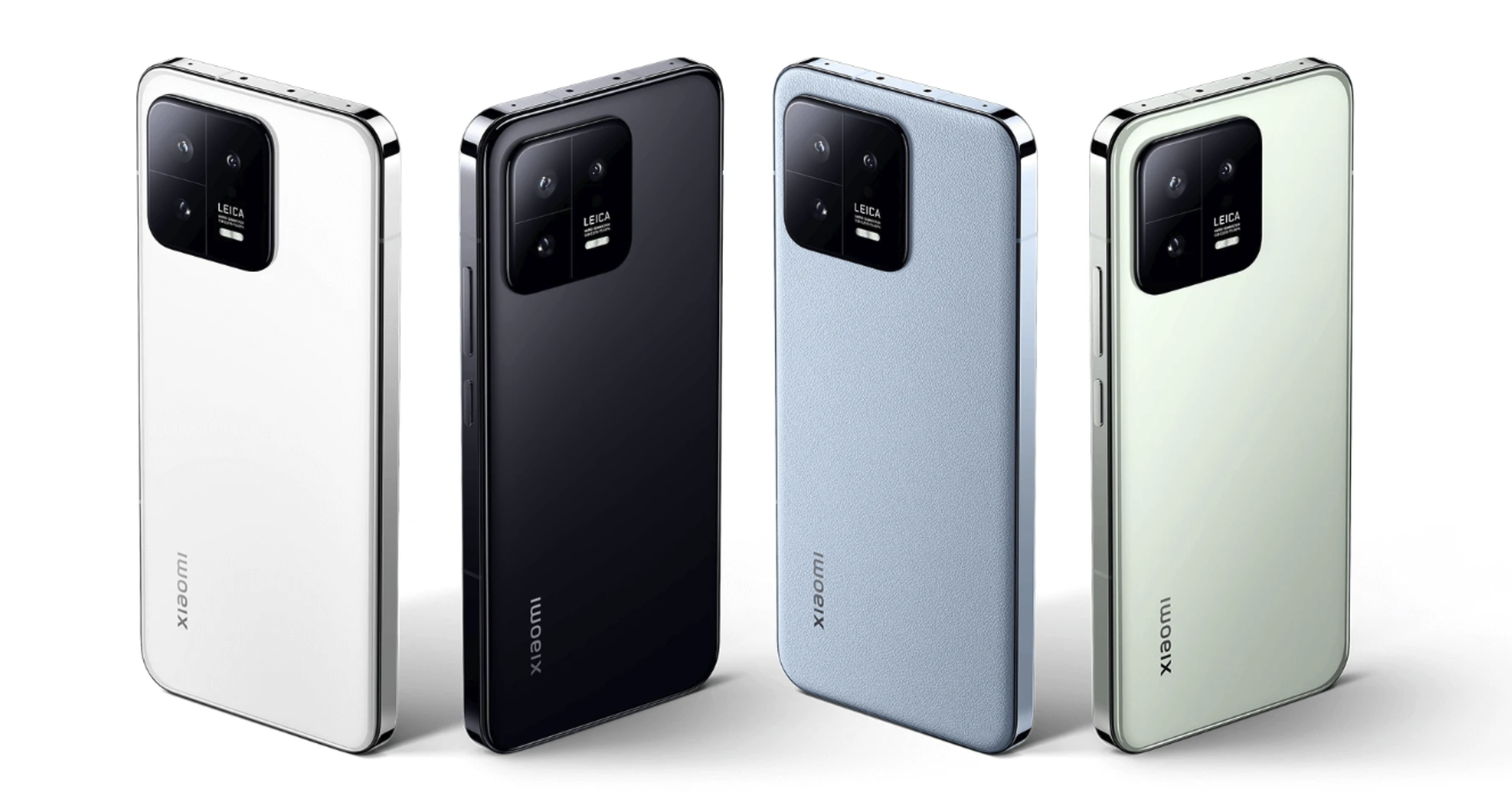
 Adam Kos
Adam Kos 

